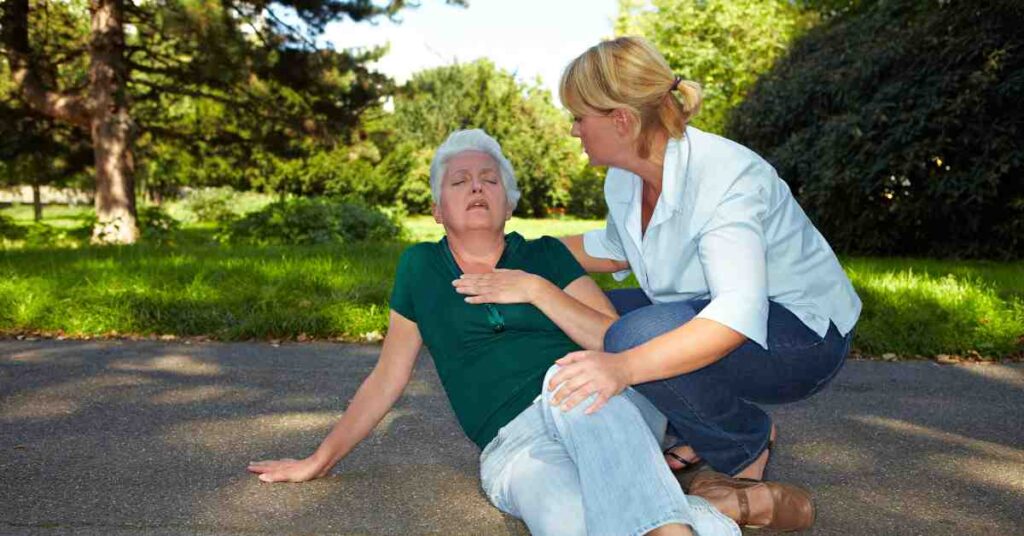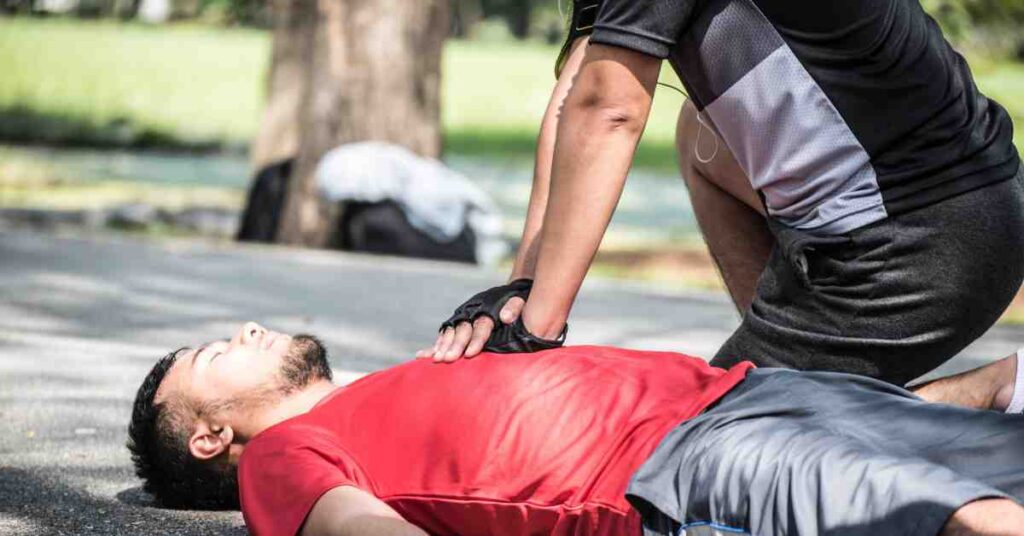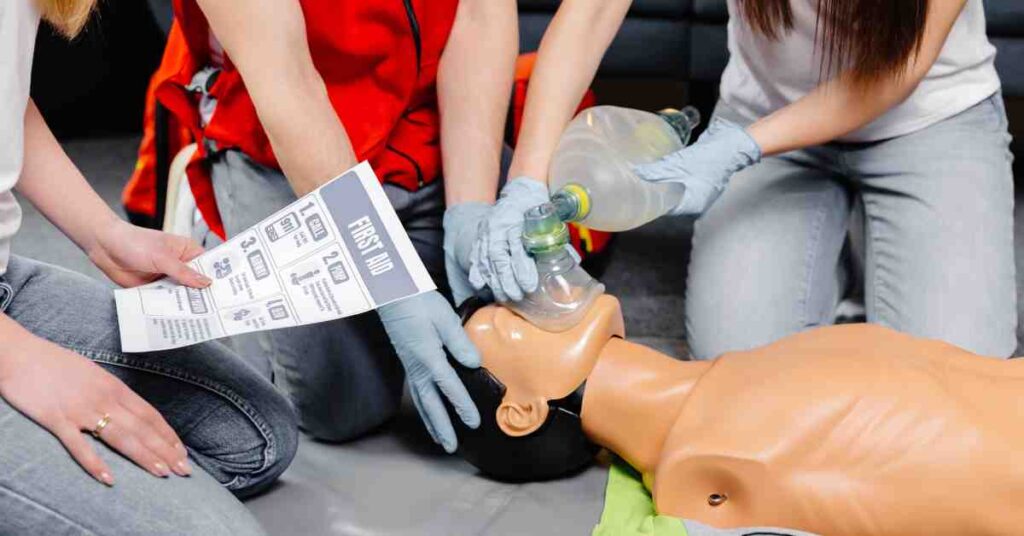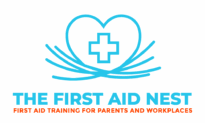Life Saving First Aid: Simple Steps Everyone Should Know

Accidents and emergencies can happen when we least expect them. Having the knowledge and confidence to perform life saving first aid can make a huge difference in those critical moments. Whether it’s a family member, a friend, or a stranger, knowing what to do can help save a life.
Why Life Saving First Aid is Important
When an emergency occurs, time is everything. Immediate action through life saving first aid can provide the help needed before professional medical care arrives. Whether someone is choking, experiencing a heart attack, or has a severe injury, the right first aid can stabilise their condition and prevent things from getting worse. By learning life saving first aid, you’re preparing yourself to step in and potentially save lives when it matters most.
Essential Life Saving First Aid Techniques

Here are some important life saving first aid techniques everyone should learn:
1. CPR (Cardiopulmonary Resuscitation)
CPR is used when a person’s heart has stopped beating. It helps keep blood flowing to the brain and other vital organs until help arrives. CPR involves a combination of chest compressions and rescue breaths. This is one of the most important life saving first aid techniques, as it can keep someone alive during a heart attack or cardiac arrest.
2. Back Blows and Abdominal Thrusts for Choking
Choking occurs when something blocks the airway, preventing the person from breathing. This is common in young children but can happen to anyone. The recommended first aid for choking involves back blows and abdominal thrusts, which help clear the airway. Knowing how to perform these actions can save someone’s life in just a few moments.
3. Stopping Heavy Bleeding
Severe bleeding can result from deep cuts, accidents, or other injuries. If bleeding isn’t controlled quickly, it can lead to shock or worse. One of the key life saving first aid techniques is to apply firm pressure directly to the wound using a clean cloth or bandage. Elevating the injured area can also help slow the bleeding. Acting quickly can prevent a dangerous loss of blood while waiting for medical help.
4. Using an AED (Automated External Defibrillator)
AEDs are found in many public places. These devices can restart a heart after it has stopped. Knowing how to use an AED is an important part of life saving first aid, and many public AEDs provide step-by-step instructions.
The Benefits of Life Saving First Aid Training

While it’s helpful to know these techniques, taking a life saving first aid course can provide hands-on experience and help you gain the confidence needed to act quickly during emergencies. Many organisations across Australia offer first aid training that covers CPR, how to help someone who is choking, and how to use an AED. Investing a few hours of your time to learn these skills could one day save a life.
Common Situations Where Life Saving First Aid is Useful
Life saving first aid is not just for major emergencies. These skills can be useful in everyday situations, too. From minor injuries like cuts and bruises to more serious conditions like fainting or allergic reactions, being able to provide quick, effective care makes a big difference. By knowing the basics of life saving first aid, you can also help calm a situation and offer reassurance until professional help arrives.
Life saving first aid is something that every person should know. These simple yet effective techniques—such as CPR, helping someone who is choking, stopping severe bleeding, and using an AED—are essential skills that can save lives. Emergencies can happen at any time, and being prepared means you’ll know how to act quickly and confidently. Consider enrolling in a life saving first aid course to get the practical experience you need and be ready to help when it matters most.
Want more? We’ve got you covered…
Our Baby First Aid Courses
Our baby first aid courses are available in person in your home and online. We run classes in your home with groups of 2, 4 or up to 10 in Sydney & Melbourne and you can book in 3 easy steps!
- Pick your class
- Follow the prompts to purchase
- We will contact you within 24 hours to lock in your date of choice
Our First Aid Certificate Courses
We run most of the popular first aid courses Australia wide. HLTAID011 Provide First Aid, HLTAID009 Provide CPR, HLTAID012 Provide First Aid in an Education & Care Setting, RAMOAP (anaphylaxis), Mental Health first aid and CPR/LVR to name a few.
Book your public spot online or contact us if you have a group of 5+ people for onsite training.
Here are some other resources you may enjoy!
FREE GUIDE: Your Virtual Baby First Aid Kit
FREE GUIDE: Introducing Common Allergy Foods & Allergic Reactions
FREE Workplace Emergency Preparedness Plan: Grab this at the bottom of every page!
Follow for baby & child first aid and allergy info and tips on Instagram & TikTok, all @thenestcpr
